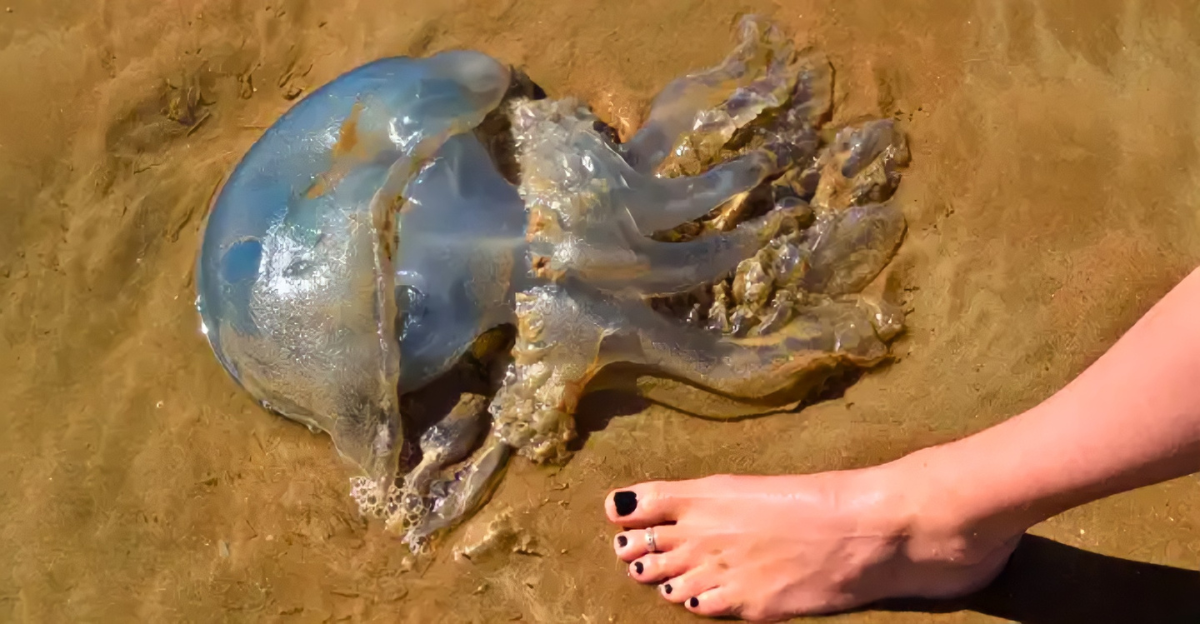
Jellyfish may appear harmless floating in the sea, but some are venomous enough to kill a human in minutes. As more people go to the beach in summer, data about the real danger of Jellyfish becomes crucial to safe swimming.
What if the ocean’s deadliest animals were also the ones you hardly ever see coming until it’s too late? You could be swimming alongside a small killer and not even realize it.
More Encounters
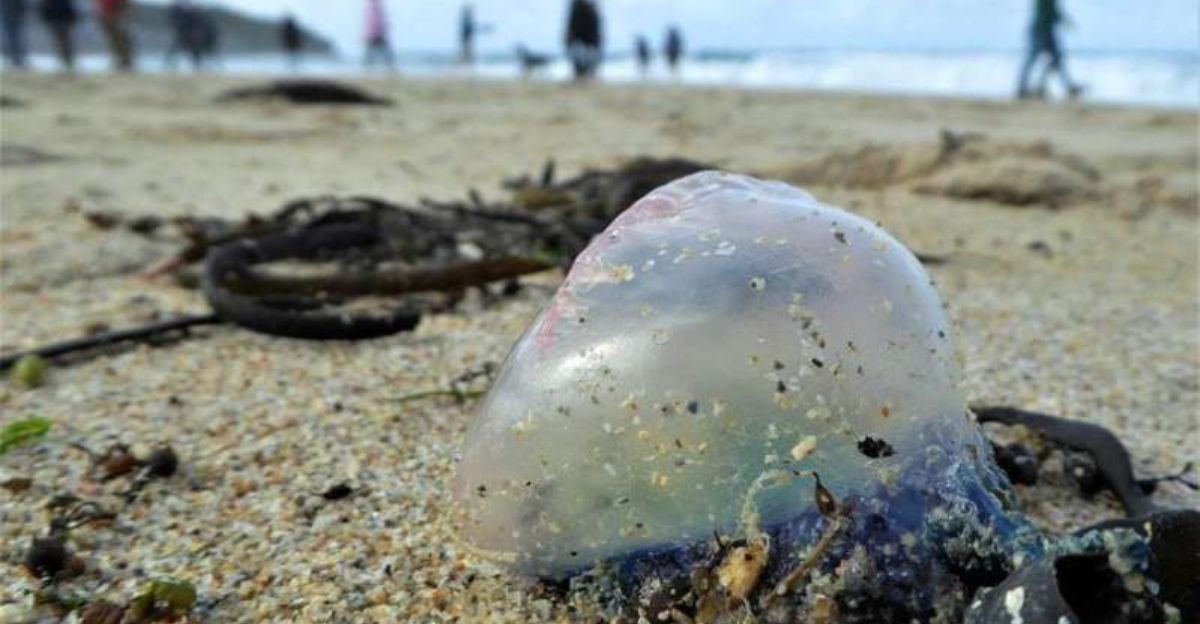
Beachside hospitals regularly see jellyfish stings, and the number of cases depends on the season and ocean cycles. Heat and changing ocean currents could be driving more Jellyfish to shore.
Most don’t know how dangerous they can be until it is too late—some of the creatures are hardly intimidating, but their sting is strong enough to cause severe medical emergencies.
Why This Matters
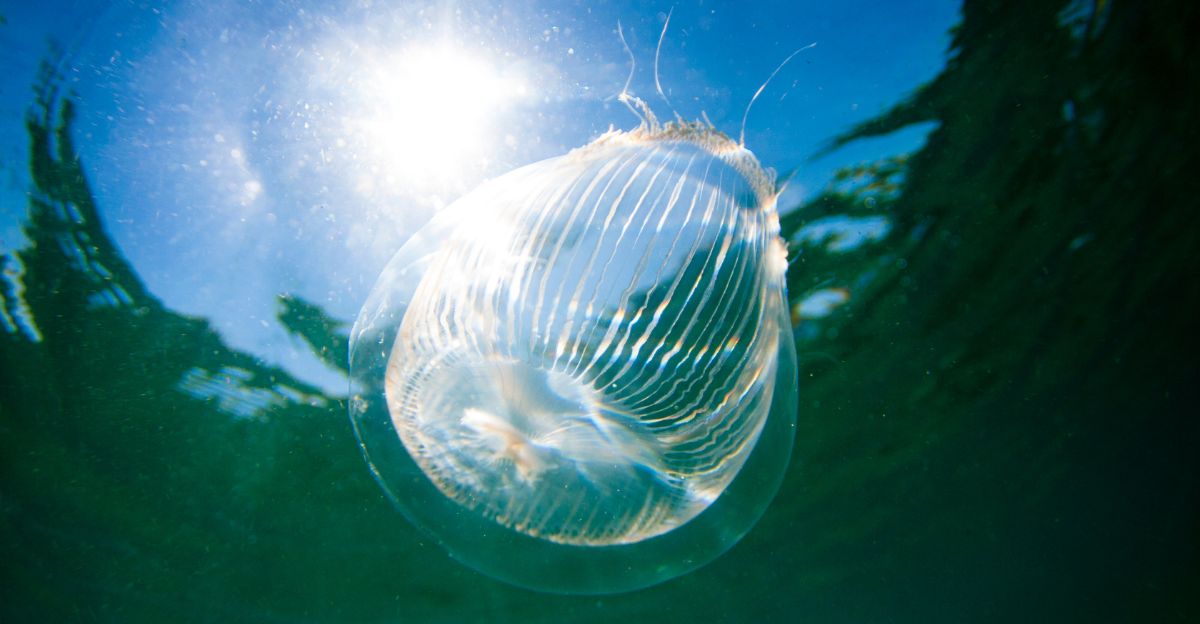
Many are aware that Jellyfish are dangerous, but increased beach tourism worldwide and dynamic marine conditions increase the likelihood of contact.
Ocean scientists and health authorities are warning the public about jellyfish hazards in an effort to minimize serious harm. Awareness of the most hazardous types of Jellyfish allows people to take appropriate precautions. Let’s examine the 9 most lethal species you need to look out for.
Box Jellyfish (Chironex fleckeri): Most Lethal
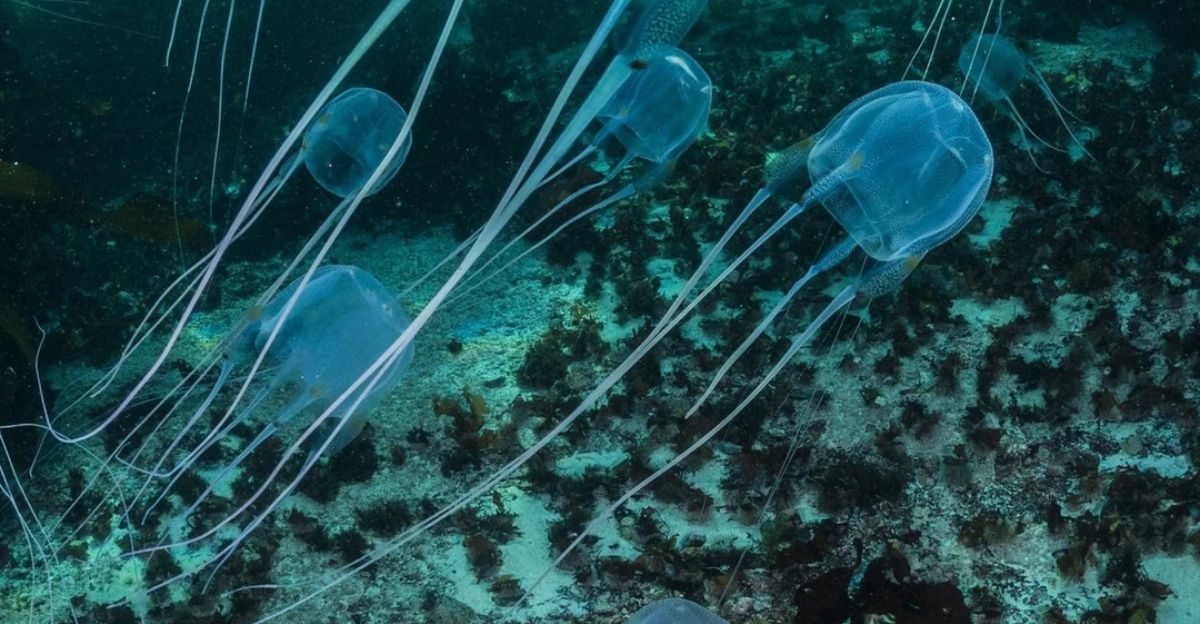
The box jellyfish is almost at the top of the list of deadly sea creatures. It lives in northern Australian waters and Southeast Asia, and its tentacles are as long as 10 feet.
Its venom attacks the heart, nervous system, and skin cells simultaneously. Without immediate medical intervention, death comes in a matter of minutes.
Irukandji Jellyfish: The Little Terror
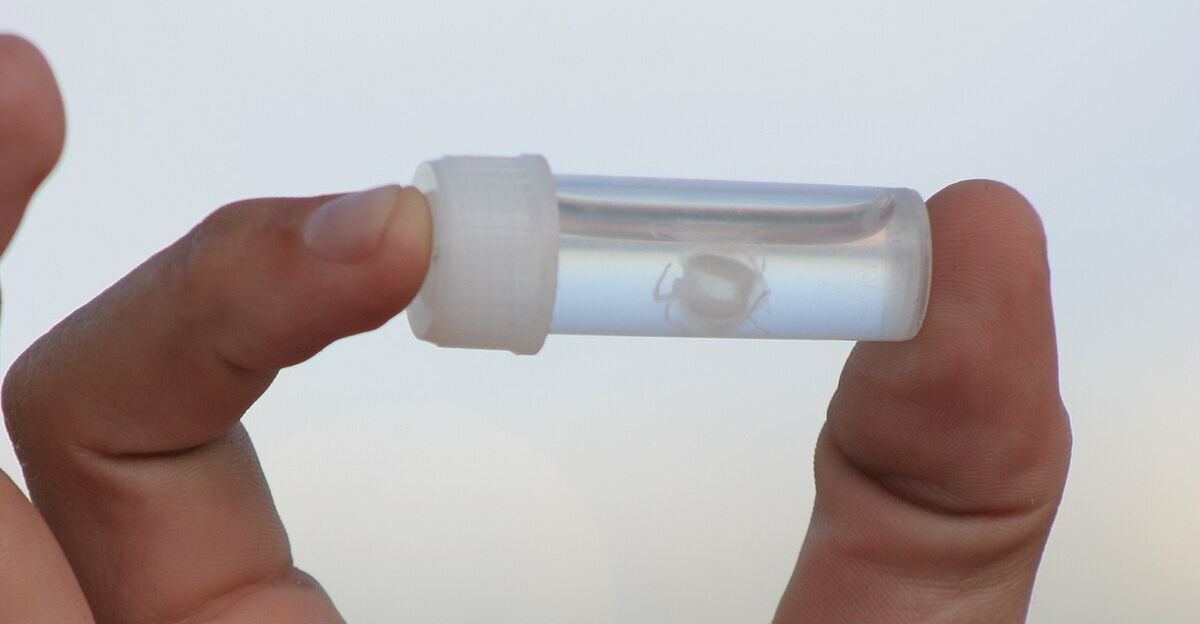
Irukandji jellyfish is tiny, almost invisible, and about 1 inch in bell diameter. But it induces Irukandji syndrome—debilitating pain, nausea, hypertension, and possibly fatal cardiac conditions. Most cases happen in northern Australian coastal waters, although the range may be expanding with global warming.
Portuguese Man O’ War: Not Actually a Jellyfish
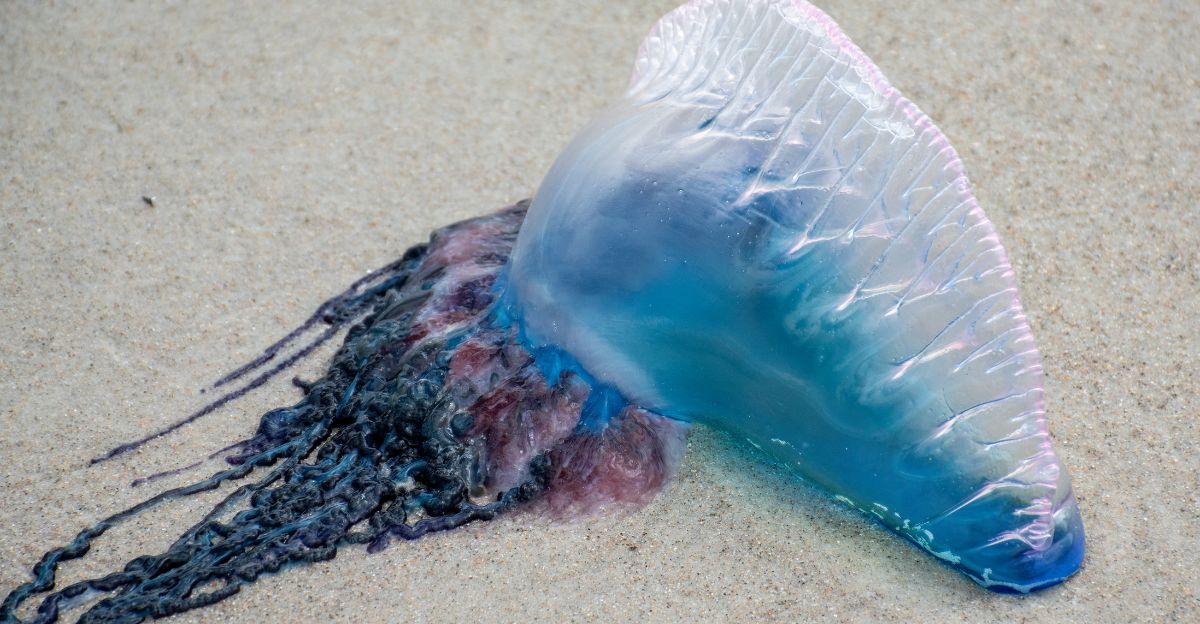
The Portuguese Man O’ War is also a free-floating balloon-like animal with blue, extended tentacles. It is not a jellyfish but a siphonophore, a colony of cooperating organisms. Its sting is excruciating and results in welts, and though seldom deadly, can create serious complications in some people.
Sea Nettle: The Widespread Stinger
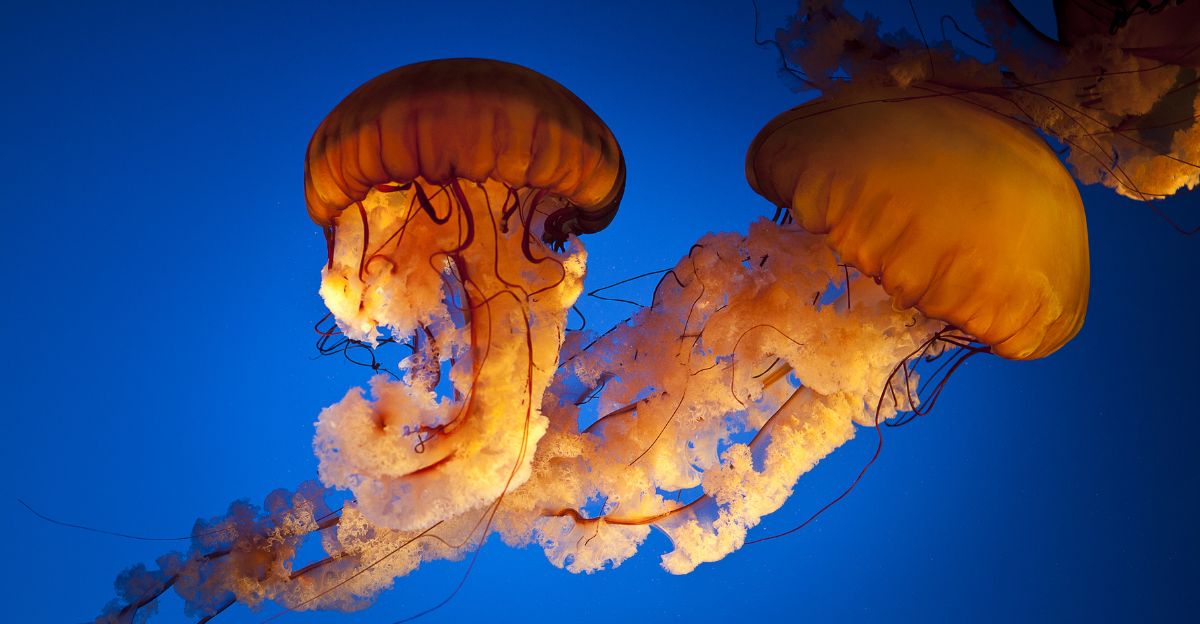
Sea nettles live in Atlantic and Pacific oceans. Although their sting is not usually lethal, it is incredibly painful to human skin and can cause allergic reactions in sensitive people. With their hanging tentacles, they surprise swimmers who incidentally come into contact with them.
Lion’s Mane Jellyfish: The Giant
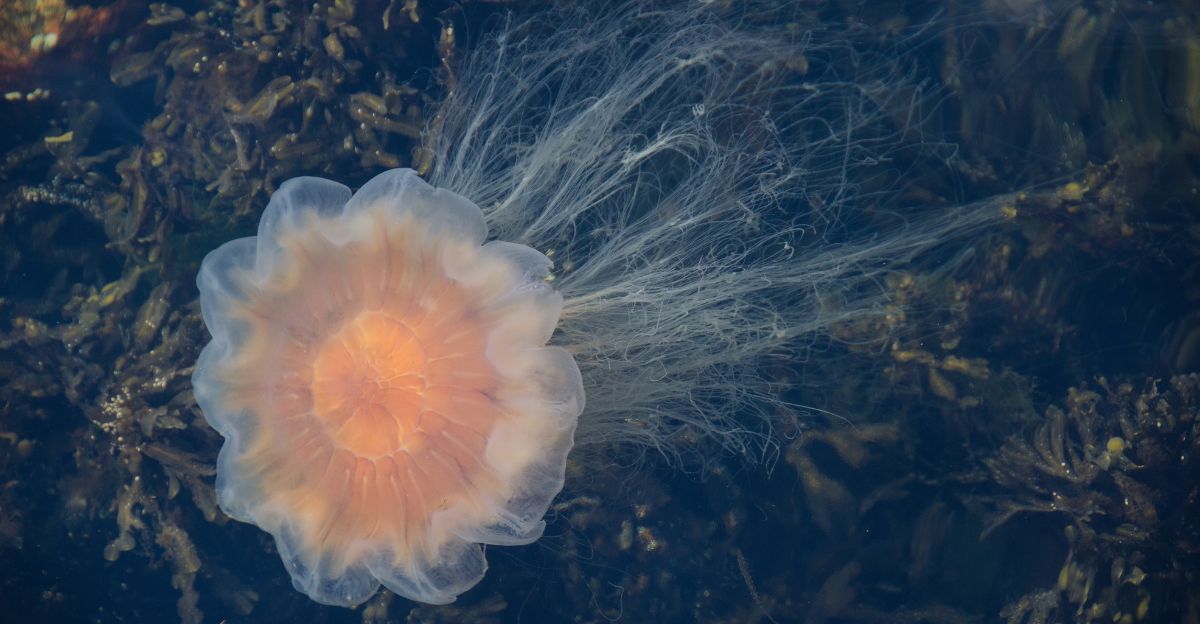
Lion’s mane jellyfish is one of the largest Jellyfish, with tentacles stretching up to 100 feet. Although its sting is seldom fatal, it is excruciating and causes muscle cramps and shortness of breath. The symptoms are more severe in cold northern waters during summer.
Sea Wasp: Another Box Jellyfish Species
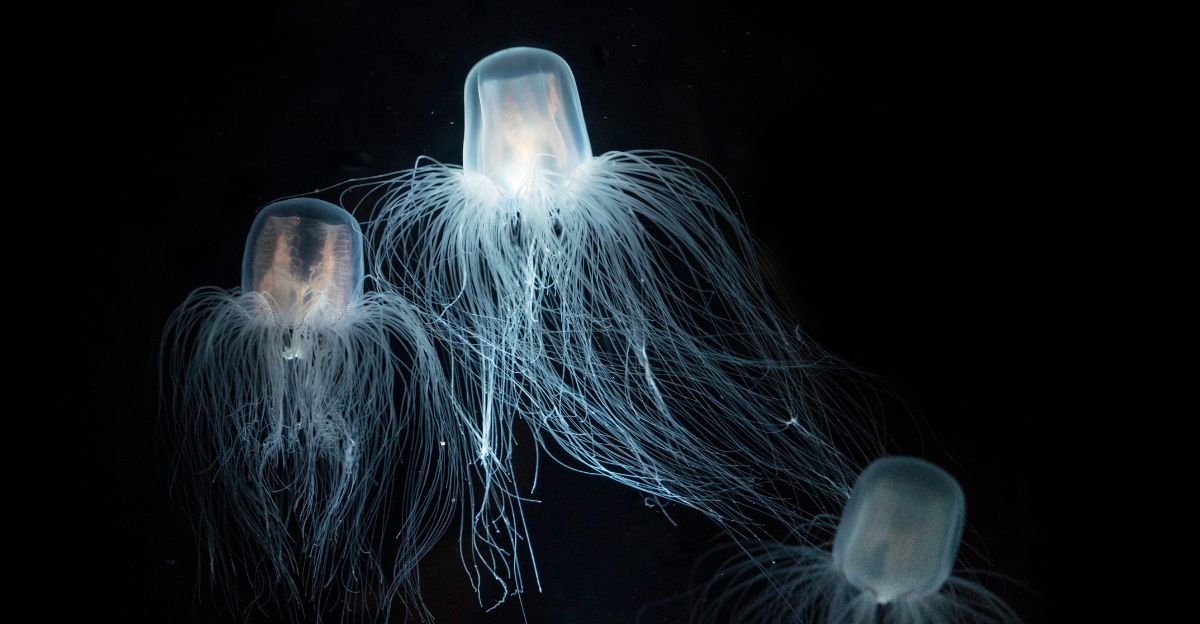
Another species of box jellyfish is the sea wasp. It’s also indigenous to the waters of Australia, and its venom is lethal if not treated immediately. Endangered zones offer beach safety education, alerts, and warnings about the presence of Jellyfish during jellyfish season.
Bluebottle (Physalia utriculus): The Beach Visitor
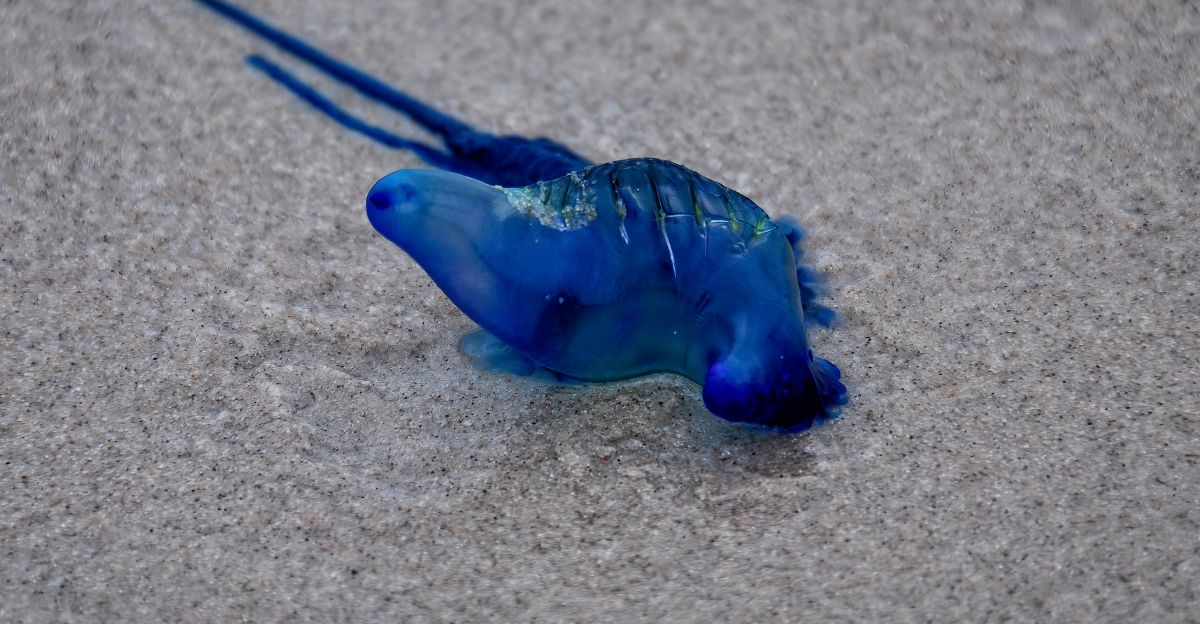
The bluebottle jellyfish, which is a cousin of the Portuguese Man O’ War, has a foul bite that is painful but not usually fatal. Urgent medical attention is usually required for treatment. Swimmers along Australia’s east coast frequently find them washing up in huge numbers after storms.
The Australian spotted Jellyfish, originating in the Pacific, has extended its range into other oceans such as the Gulf of Mexico. While it is not typically harmful to human beings, it is detrimental to native habitats and impacts fishing and tourism when many of them are present.
Upside-Down Jellyfish (Cassiopea): The Deceptive Bottom-Dweller
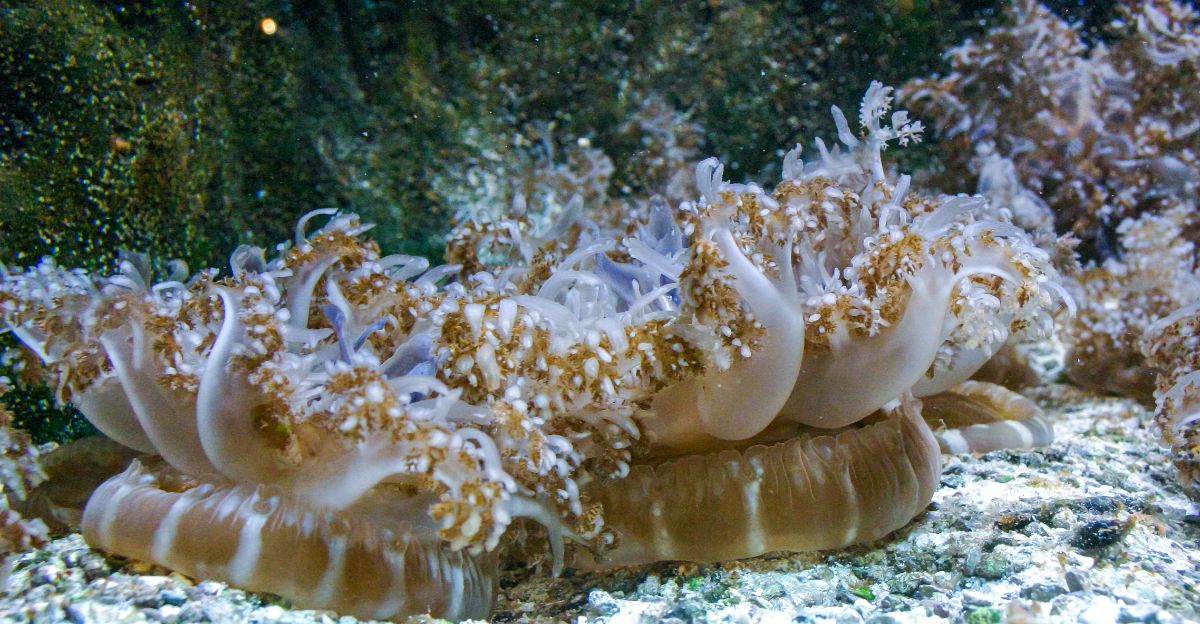
Upside-down Jellyfish inhabit shallow sea bottoms and lagoons and seem harmless as they don’t move. They do, however, emit mucus containing stinging cells that sting the skin and cause allergic reactions in swimmers. They inhabit warm seas such as the Caribbean, Florida, and other tropical areas, where they can be especially troublesome.
How to Stay Safe
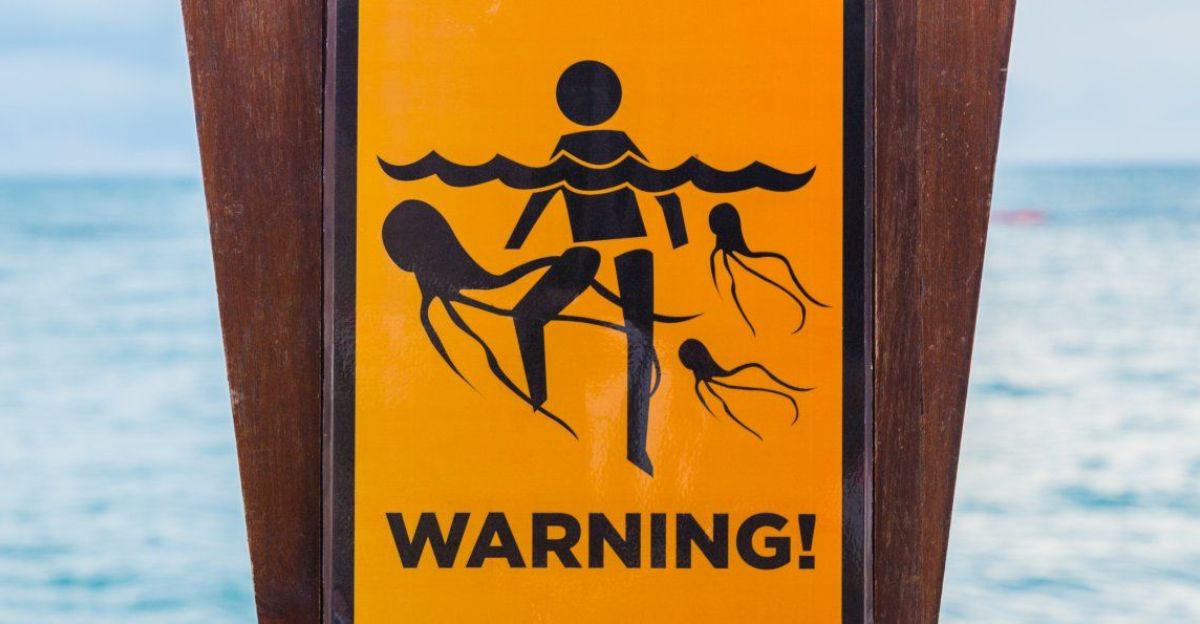
Prevention should always come first. Do not swim in high-risk areas, wear protective equipment at high-risk beaches, be more vigilant after storms when Jellyfish are washed ashore, and learn about the dangerous species most common in your region.
If stung, exit the water immediately and seek medical help right away. Do not rub the area, and remove any visible tentacles with tweezers, never your own bare hands. The first aid procedure from one Jellyfish to another is vastly different, so follow local counsel and appropriate emergency protocol.
Note on Vinegar: Vinegar has traditionally been suggested as a treatment for some jellyfish stings; however, recent evidence suggests it can exacerbate envenomation in some species, such as the Irukandji. Always adhere to local guidelines and seek professional medical guidance without delay.
Understanding the Ongoing Risk
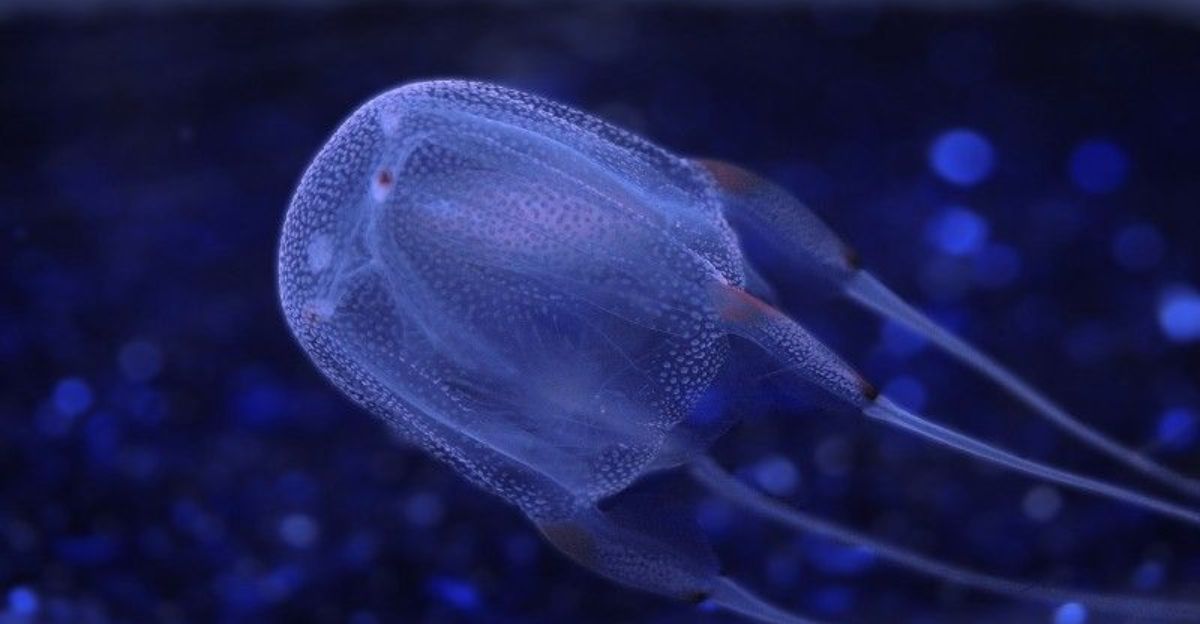
Regular beachgoers will likely encounter Jellyfish. Ocean trends, such as rising water temperatures and shifting currents, may affect the density and location of Jellyfish in some areas. This risk and what to do if stung can be managed through education and understanding the right treatment depending on the species.
For the most recent and credible information on jellyfish risk in your region, contact local sea safety agencies, lifeguards, and credible beach safety websites.







